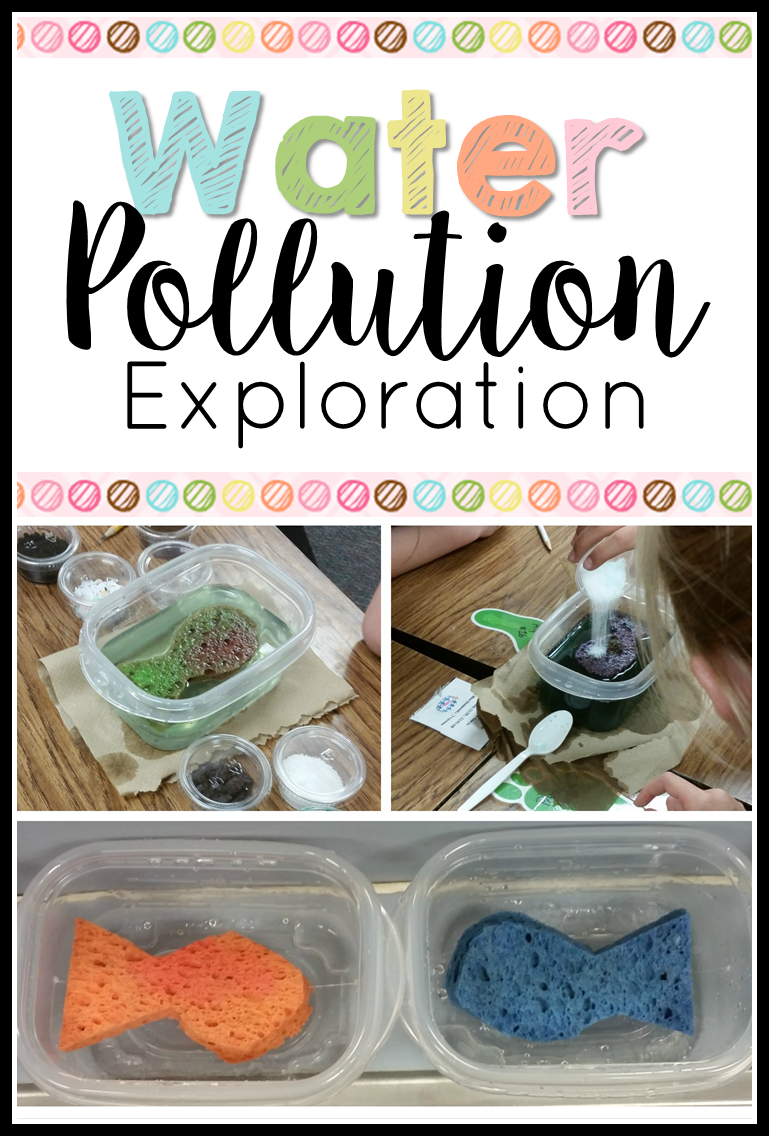Inspiring Young Eco-Warriors: Engaging Pollution Lesson Plans for Elementary Students
In a world facing growing environmental challenges, nurturing a sense of responsibility towards our planet from a young age is crucial. Elementary school, a time of boundless curiosity and eagerness to learn, presents the perfect opportunity to introduce children to the concept of pollution and inspire them to become eco-conscious citizens. Engaging and age-appropriate pollution lesson plans can empower these young minds to understand the impact of human actions on the environment and encourage them to become stewards of a healthier planet.
Imagine a classroom buzzing with excitement as children enthusiastically sort recyclables, their faces lit up with the satisfaction of making a tangible difference. Picture young artists transforming trash into treasures, their creations reflecting a newfound appreciation for the value of reducing waste. This is the power of effective pollution education at the elementary level – it ignites a passion for environmental stewardship that can last a lifetime.
The importance of integrating pollution education into the elementary curriculum cannot be overstated. Children are naturally inquisitive, and by tapping into this innate curiosity, educators can lay the foundation for a lifelong commitment to protecting our environment. Early exposure to environmental concepts helps children develop a sense of responsibility for their actions and empowers them to make informed choices that benefit both themselves and the planet.
Pollution lesson plans for elementary students can take on various forms, from interactive games and experiments to storytelling, art projects, and outdoor explorations. The key is to make learning fun and engaging while conveying important messages about the sources of pollution, its impact on human health and the environment, and the steps we can take to mitigate it.
One effective approach is to connect pollution to the children's immediate surroundings. For instance, a lesson on air pollution can involve monitoring the air quality around the school and comparing it to a less polluted area nearby. This tangible experience can leave a lasting impression on young minds, making the concept of pollution more relatable and impactful.
Another valuable aspect of pollution education is fostering a sense of community and collective action. Encouraging children to share their knowledge with family and friends, participate in community cleanups, or advocate for eco-friendly practices within their homes and schools can empower them to become agents of change. By instilling a sense of responsibility and ownership, educators can inspire a generation that is not only aware of environmental issues but also actively engaged in finding solutions.
In a world grappling with the consequences of pollution, nurturing environmentally conscious citizens is no longer a choice but a necessity. By integrating engaging and age-appropriate pollution lesson plans into the elementary curriculum, educators have the power to ignite a passion for the planet in young minds, fostering a generation that is informed, empowered, and dedicated to preserving the beauty and health of our Earth for future generations.
There are numerous readily available resources, both online and offline, that provide educators with creative and effective pollution lesson plans tailored for elementary students. From interactive websites and educational videos to hands-on activity guides and printable worksheets, these resources offer a wealth of information and inspiration for educators seeking to integrate environmental education into their classrooms.
Dive into ink finding ink masters full episodes free
Cruising with a baby smooth sailing ahead
Living legacies english last names meaning life














